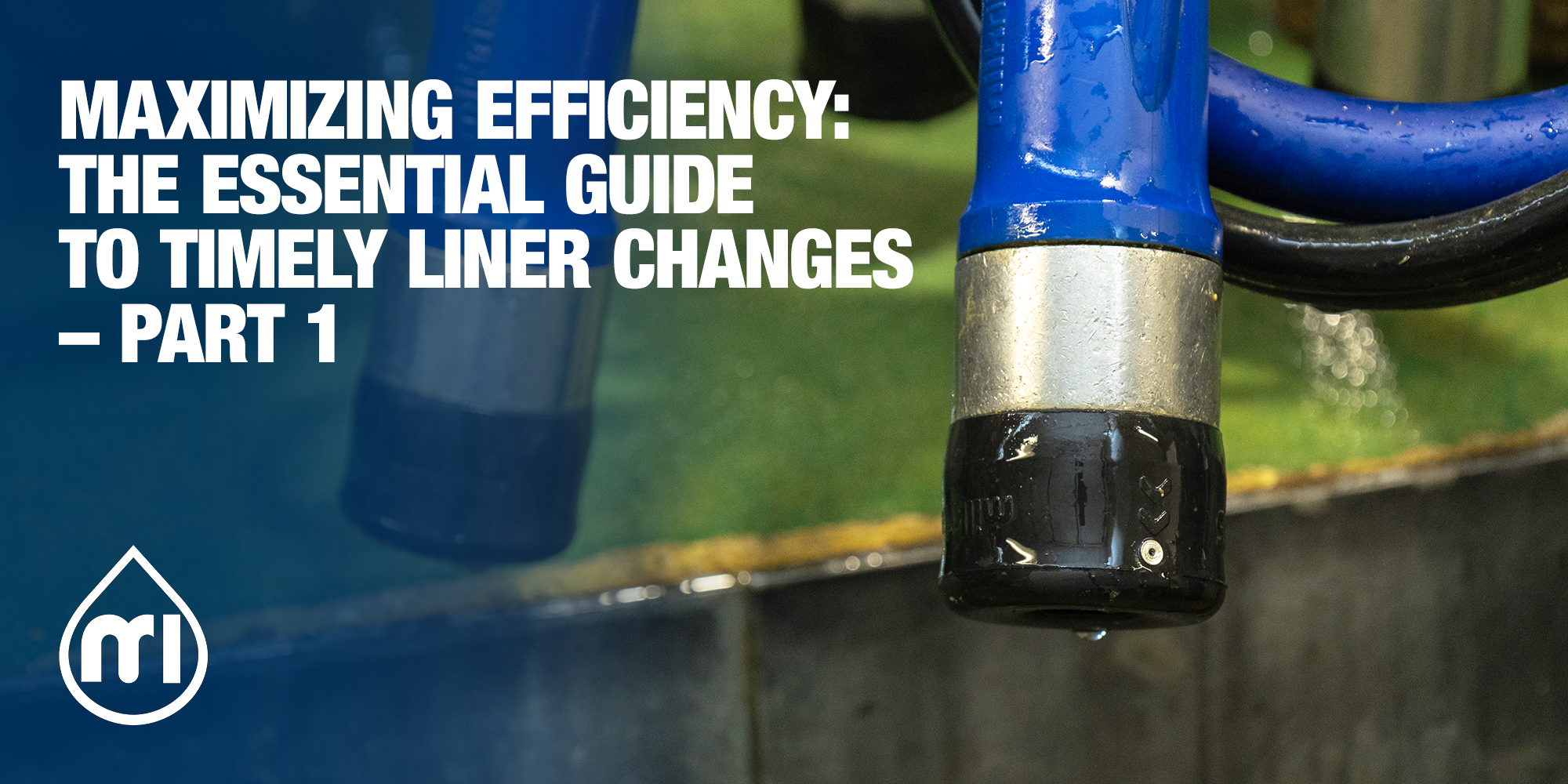
Maximizing efficiency: the essential guide to timely liner changes – Part 1
Why and how to change liners at the right time, improving animal health and milking speed.
How would you feel if your family drove a car with a worn tire? Very likely, you would feel worried as this increases the probability of an accident while reducing vehicle performance.
This should be the same feeling you should have when old, overused liners milk your cows and in these new Blog episodes, you will find out why!
How do liners affect teat health?
Liners are the final part of the milking system that comes into direct contact with the teat tissue of the cow which is a very sensitive area. This means that, based on their conditions, liners have a strong influence on animal health.
To ensure cow welfare is prioritized, positively affecting milking efficiency, liners should fit the udder shape and size and have to be changed according to professional recommendations. Other crucial elements linked to the influence of liners on the teat end are the vacuum level under the teat and the pressure of the liner on the teat during the massage phase.
In the following lines, we will further understand how udder health and proper milking routine are strictly intertwined.
How often should liners be changed?
The interval between liner changes depends on liner usage and material. Our milking experts advise changing rubber liners after 2500 milking or 6 months, according to which one comes first. However, it is crucial to regularly check liners, to spot if they are rough or cracked.
There is also a useful calculation to understand the number of days between one change and the following:
(2500 x number of milking units) / (Number of cows x milking per day)
For example, in a herd of 200 cows, milked twice a day in a 16-point system, liner replacement is required every 100 days.
What if you don’t change the liners at the right time?
Good-quality liners and in the right condition fit the shell and fully collapse around the teat base.
Natural rubber deterioration and exposure to cleaning products and disinfectants decrease liner performance to the extent that they do not properly open and close and become rough internally, damaging the teat end and increasing both the Somatic Cell Count and the risk of mastitis.
As our Milking Expert Maciej Dyrka highlighted:
“Milking after milking, calcium is absorbed by the rubber, vacuum enters, and the liner becomes ticker.
When opening above the teat end, the liner irritates the tissue, causing hyperkeratosis and facilitating bacteria spreading.
Since contamination is more probable, it is crucial to have an accurate pre-dipping phase to prevent infections and ensure that the post-dipping phase is effective.”
However, poor teat integrity is not the only negative consequence of a wrong liner change, and we are going to find out more about it in our next Blog episode. Furthermore, there will also be some good news for making your cluster replacement easier and more efficient. Do you really want to miss that?
